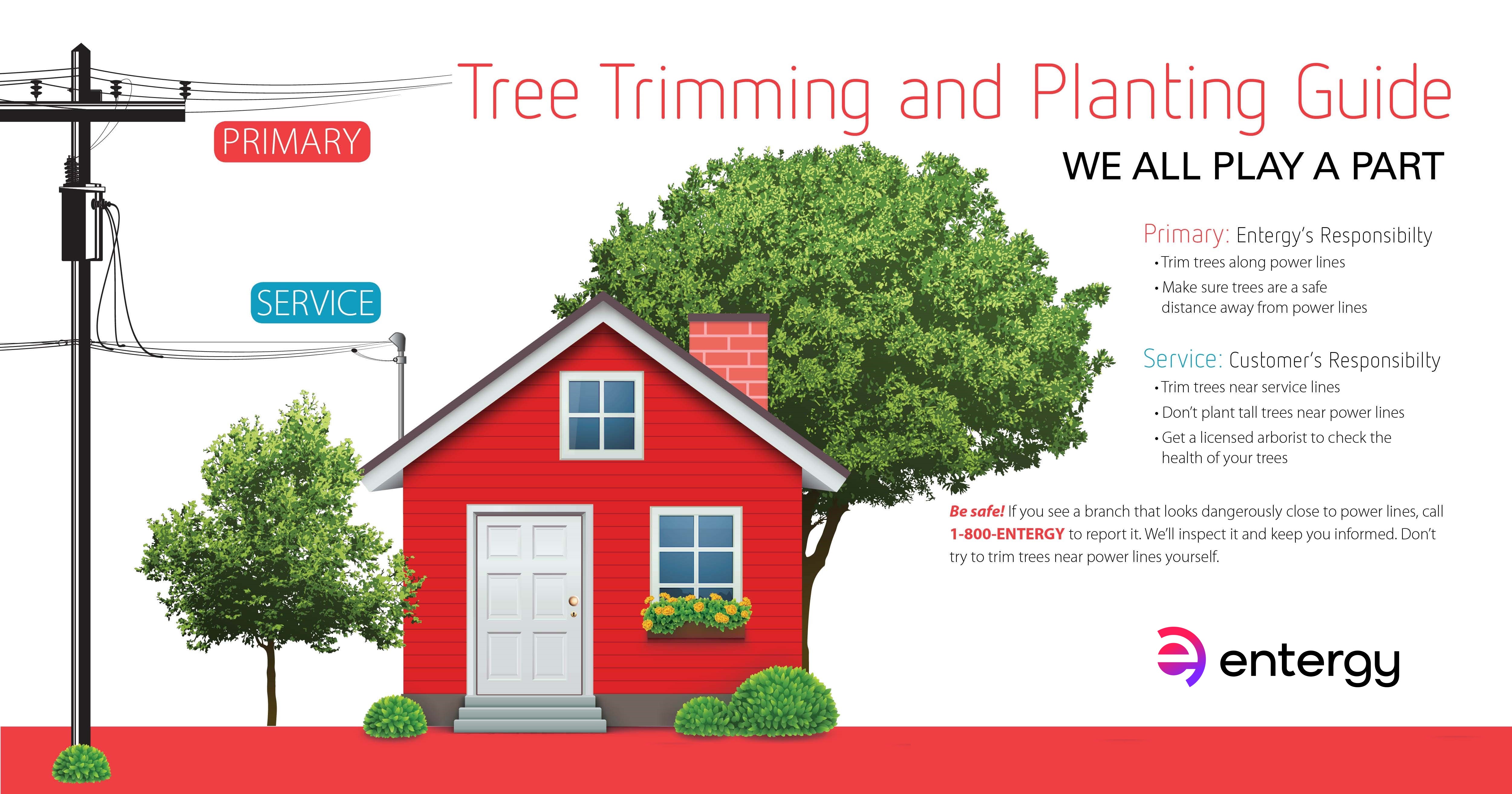Securing Your Landscape: Replanting After Tree Removal
Securing Your Landscape: Replanting After Tree Removal
Blog Article
Write-Up By-Donovan Upton
Tree elimination can leave a space in your landscape that needs dental filling. You can plant something brand-new in that space, but it takes added care and attention at the beginning to help it grow.
The soil in that location will keep transforming with time as bacteria break down the old roots. That can affect the nutrient equilibrium and physical space for new growth.
Dirt
The soil in a story where a tree has been removed is likely to be extremely various from the remainder of your garden or backyard. The roots of the old tree and the stump will have transformed the dirt, eliminating some nutrients and possibly crowding out other plants. Furthermore, if the previous tree was diseased, the infectious agent might still remain in the ground.
The existence of roots cultivates an abundant and diverse neighborhood of dirt microbes that enhances important procedures like vitamins and mineral cycling and organic matter decomposition. Without https://www.buffalorising.com/2020/04/considering-what-is-essential-landscaping-during-the-covid-19-pandemic/ , the displaced dirt can become much less abundant and nutrient-depleted, with a negative effect on plant growth.
Before replanting, the dirt ought to be removed of debris and natural material (such as timber chips from stump grinding). You may desire to mix in potting dirt or indigenous dirt with this garden compost to provide your brand-new planting with a setting that is well balanced and loaded with nutrients.
Water
Tree roots take in huge quantities of water from the dirt. This procedure also includes nutrients back to the dirt, specifically nitrogen, which is vital for new trees and plants. Sadly, old soil can be diminished of these crucial minerals as a result of the rotting origins and stump from an eliminated tree.
This is why it is essential to have a plan for the future of your landscape. Ideally, the most effective time to plant is when you have a clean slate.
Whether you're planting turf or blossoms, make certain to make use of a soaker tube to stay clear of overwatering your brand-new landscaping. If the area was a garden, ensure to cover the soil with organic compost to assist keep dampness in the dirt, manage soil temperature levels and reduce weeds. This also supplies a layer of protection for young plants and promotes worm activity. Then, consistently replenish the compost to continue boosting the dirt nutrient thickness and microbial life. This is called dirt repair.
Light
Trees are a fantastic addition to any type of landscape, offering color, visual pulchritude, and lots of other benefits. Nevertheless, in some cases trees come to be unpleasant due to a selection of factors, including condition, parasite problems and natural aging.
In such instances, it may be needed to get rid of a tree. It is very important to take into consideration the value of a certain tree in your landscaping and take the proper steps to make certain that the elimination is done securely and efficiently.
During the late summertime, it's a perfect time to execute maintenance and assessments on existing trees. Look for indications of condition, insect problems, or structural damages, in addition to any prospective hazards such as damaged or leaning trees.
Prior to starting any type of building and construction tasks, make sure to protect the root zones of existing trees by preventing soil compaction and rating around them. Organic matter, as it breaks down, can create toxic gases that are damaging to the origins of a tree. It's likewise a great concept to mulch the area around a tree after building has actually completed to preserve moisture and suppress weed growth.
Temperature
Trees are necessary to a landscape for their aesthetic charm, yet they additionally play an essential function in the neighborhood ecosystem by offering shade and windbreaks. They sustain wildlife environments and lower the amount of carbon dioxide in the air, which can add to global warming. This is why it is a good idea to replant trees after removing one from the residential property.
When replanting a new tree in the location of a previous stump, the soil might not have enough nutrients to sustain it. It is best to wait on a year before growing to guarantee that the soil will certainly be abundant in nutrients.
To ensure that replanted trees grow, it is important to give them with appropriate treatment. A layer of compost will maintain dirt dampness from vaporizing, manage dirt temperature, and aid reduce weeds. Organic compost is the favored option due to the fact that it boosts soil fertility. Continuous fertilizing and parasite control are likewise vital for replanted trees.